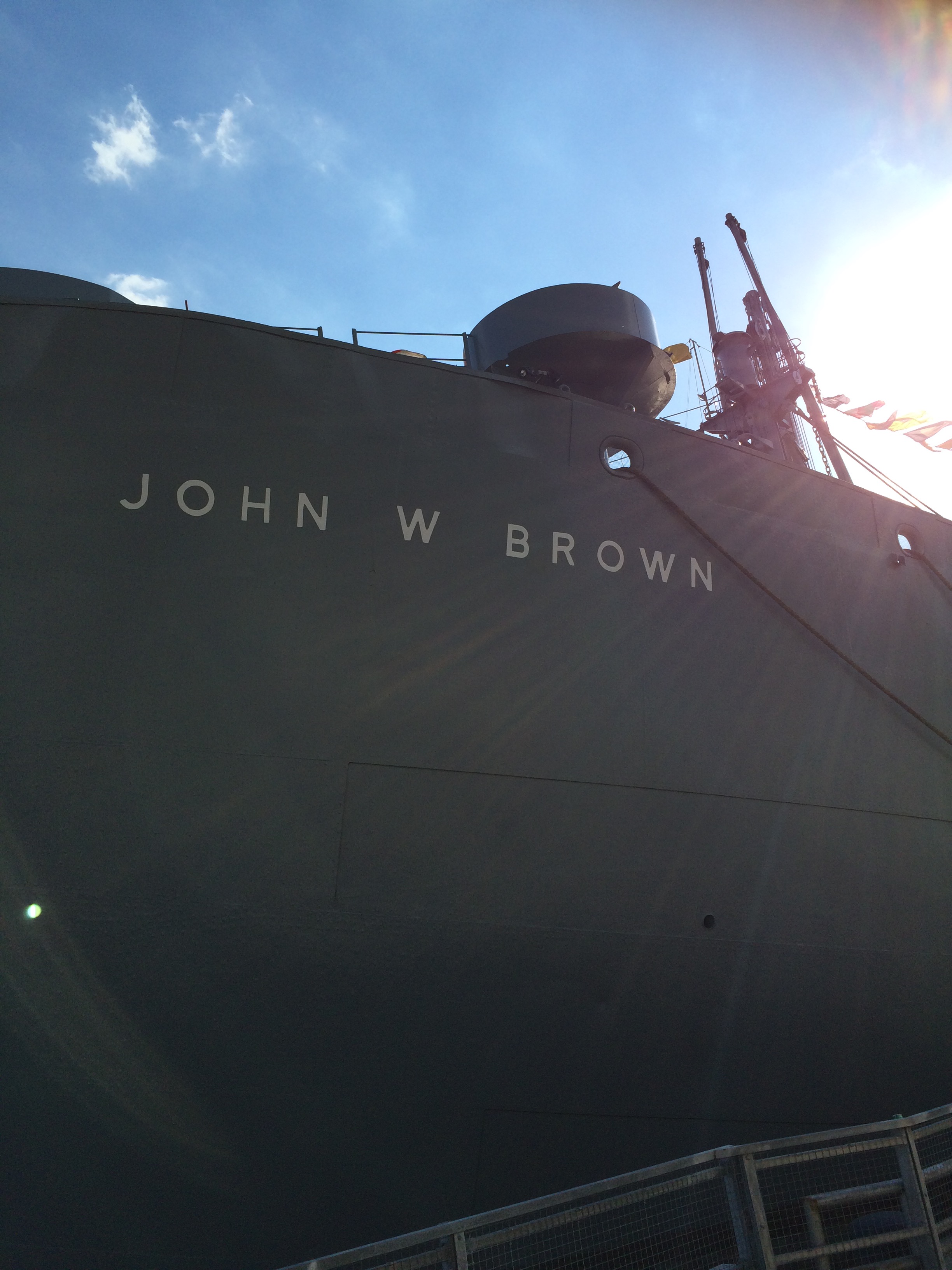
It seemed for awhile as though I would never get to see the Liberty Ship S.S. John W. Brown during her current stay at Pier 36 in New York. Originally scheduled to arrive on September 9 (last Friday), she was delayed for two days by Tropical Storm Hermine. Ironically, on September 11, the day she steamed in, I was extremely close to where she's docked but didn't know it. I'd heard about the Brown's arrival through the Lightship Lilac, so I assumed (for no good reason, now I think of it) that she'd be docking on the west side. I happened to be at Abrons Arts Center, quite close to the East River. I actually didn't know there were still east side piers north of South Street Seaport. By September 12 (Monday), I figured out that she was docked on the east. On that day, I happened to have a meeting on the Lower East Side that day and I had a (very) little extra time, so I got off the F train at East Broadway and popped over to the waterfront real quick to see if I could just catch a glimpse of her. Again, ironically, I didn't know it but I was quite close to her, but I had to get to my appointment. On September 13 (Tuesday), I got the idea that I'd walk there from my house via the Brooklyn Bridge (it's about six miles). The pedestrian entrance to the bridge wasn't where I thought it was though and I got frustrated trying to find it, and ended up walking back home. (That sounds like a bigger deal than it is; I walk that far almost every day just for exercise). On September 14 (Wednesday), I thought to LOOK UP where the pedestrian entrance was before I departed and did manage finally to make it all the way to Pier 36, arriving at 4:30pm. But they were closed for tours; they close at 5pm! Finally, yesterday, I achieved success.
Absolute pills will say, "I guess you'll get directions first next time, eh?" I'm not so sure. I discovered several major things about the geography, history and sociology of New York during these wanderings, things that have direct bearing on my future writing. I wouldn't have stumbled on them if I'd gone straight to my destination. They're all just as important to me as what I learned on the Brown, and my experience on the Brown was MIGHTY DAMN COOL.
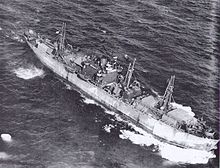
But you're probably wondering what the John W. Brown even is. It's a class of vessel called a Liberty Ship, a World War II era cargo ship. An astounding 2,710 of these ships were manufactured in an extreme hurry when America got into World War Two. They'd originally been designed for Britain during the Lend-Lease period but within months the U.S. needed them, so with some tweaks in design, they went into mass production domestically. As the war progressed, women increasingly became part of the workforce that built them. And they just churned them off the assembly line. One Liberty Ship was built in a record nine days (hopefully some of my photos will show why that is jaw-dropping).
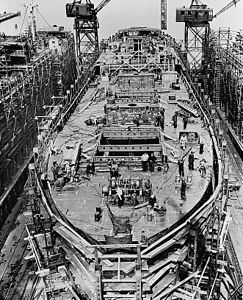
The Liberty Ships were used to transport anything that needed moving over to where the war was happening: vehicles, weaponry, foodstuffs, troops, and even (early in the war, I'm guessing) horses. It's a similar idea to the setting of the play and movie Mr. Roberts, although with this major difference. The ship in Mr. Roberts was a navy cargo ship; the Liberty Ships were part of the Merchant Marine. There were only a couple of hundred navy cargo ships. I'm the opposite of an expert, but in photos they long more heavily fortified and streamlined, and I'm guessing they were safer. But as we said above, there were nearly 3,000 Liberty Ships in the Merchant Marine. They were basically built to be disposable, do their job for the duration of the war and that was it.

- The bridge on the "Brown" is not nearly as luxurious as the one we see behind Mr. Roberts (Henry Fonda) on this navy cargo ship, and that's putting it mildly
But some lasted longer. The John W. Brown served the military into the post-war period. Then, from the 1950s through 1982, she was used as a New York City Merchant Marine high school! I'd never heard of that. I met two of the alumni during my tour. After that, she found her way down to Baltimore where she now operates as a museum. She is one of only two operational Liberty Ships still in existence.
Yesterday I told someone I someone was coming over to see the ship, and she asked, "Yeah, you interested in that sort of thing?" And defensively I conjured all sorts of good reasons which I didn't get the chance to articulate: my brother and father-in law were in the navy, my father worked in a naval shipyard, my great-great-great grandfather was a ship's captain, I grew up surrounded by boating in the Ocean State, I worked in a history museum for six years, I often write about history museums, and I've previously spent a great deal of time exploring places like the Intrepid, the South Street Seaport Museum, the Lilac, the Independence Seaport Museum in Philadelphia and even the Brooklyn Navy Yard. But really none of that would need to be true. A better response would be , "How could you NOT be interested?" It's an intrinsically exciting experience, like visiting an amusement park. The scale of it is awe-inspiring. The achievements associated with it, not just the construction, but the feats the vessel and its crews accomplished during its working life. And heroism -- the Merchant Marine sustained the highest ratio of casualties of any service branch during the Second World War. But if that doesn't impress you, it's simply a cool experience to have, one you don't get to have every day.
So forgive me for inundating you with all these photographs. You'll find details at the bottom about how and where to visit the John W. Brown.
As a confirmed Poseidon Adventure fanatic my favorite spot on the tour was the engine room. I was like a kid in a candy store and spent most of my time there picturing the place upside down. It's several decks high, and you enter from above, looking down through a three dimensional maze of catwalks, steampipes, valves, boilers etc. I snapped pictures like crazy (sometimes recklessly, the footing can be treacherous) but none of these photographs begin to convey how thrilling it is. A 3-D camera might do it. In looking at these pix, try to see past the foreground and middleground for the full perspective.
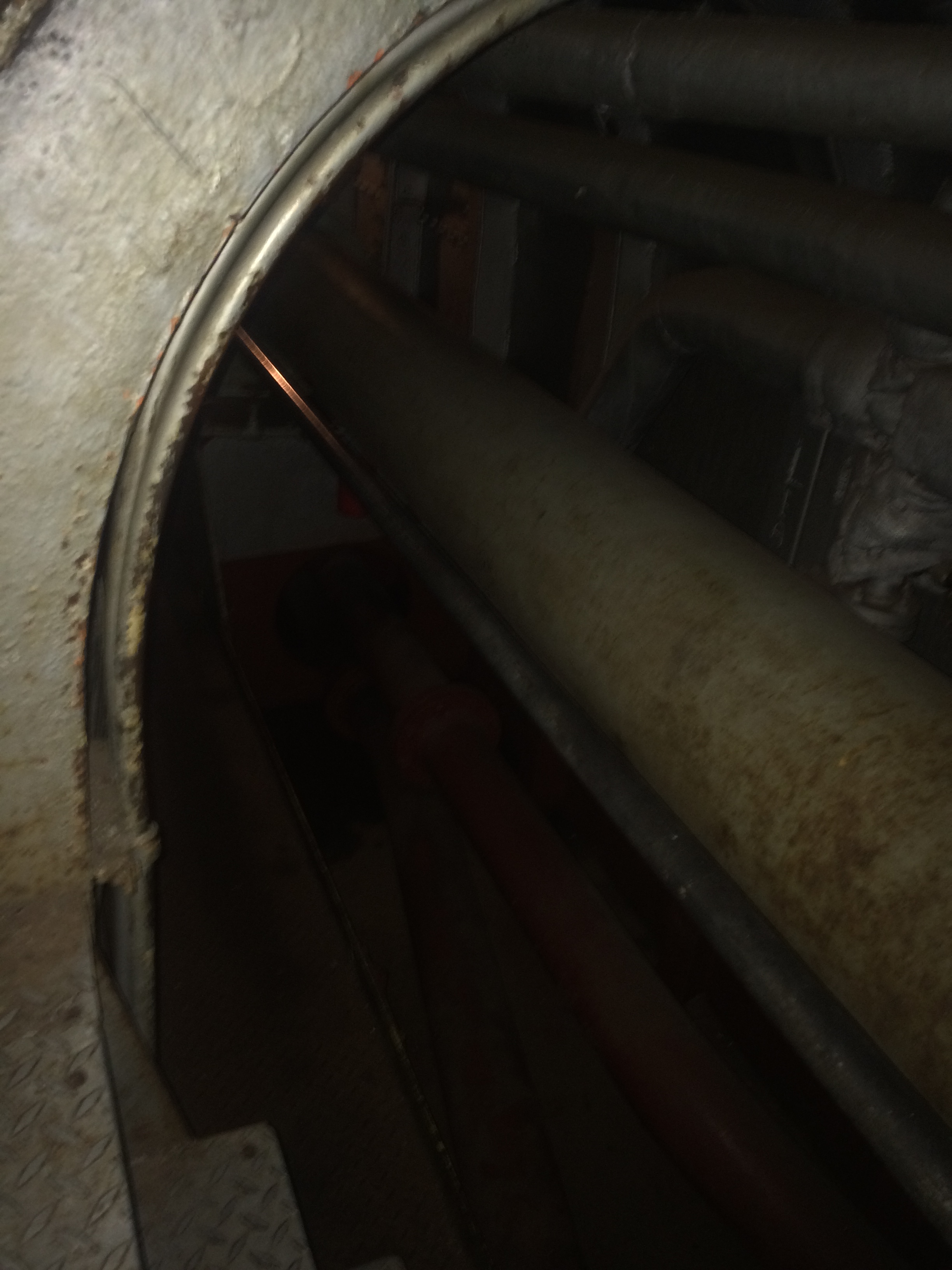
- Shaft Alley. As Eric Shea precociously intones in The Poseidon Adventure, "Nowhere is the steel hull thinner!" It's the passengers' final destination in their race to the bottom/top. This is a smaller propeller shaft than you'd find in a luxury liner of course. Here, it's just a crawl space.
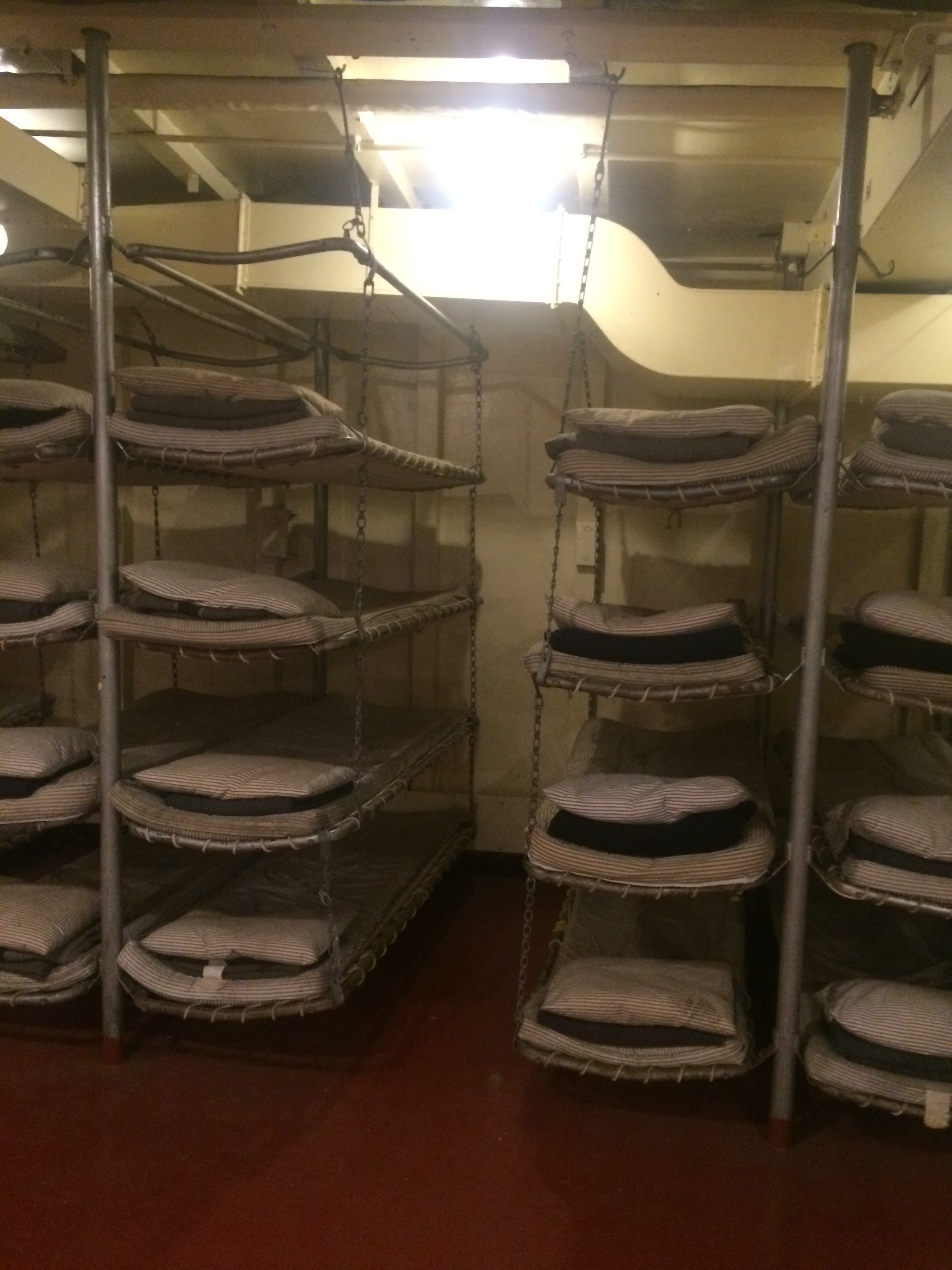
- Troop bunks, stacked five high.
The Liberty Ship John W. Brown will depart New York on September 19. She is docked at Pier 36, which is frankly not easy to get to (unless you travel by car). Perhaps a 20 minute walk from the F train's East Broadway stop. It is hidden behind some municipal buildings (sanitation and the fire department, it looked like). But, as I hope I've demonstrated, it is worth the trip. Tours are a $10 suggested donation. On Saturday, the 17th, there will be added treat -- they will run the engines, so folks can see it in action. And the biggest treat of all will be on Sunday, September the 18th, they will be having a benefit cruise. Tickets to that are $195. The John W. Brown is a not-for-profit museum. It exists on donations; and its staff is all-volunteer. Info and tickets can be found here.
Lastly, if you miss it in New York, you can always tour it when you visit Baltimore. That's where she lives most of the time.
Labels: Baltimore, East River, Liberty Ship, Merchant Marine, museum, New York City, SS John W. Brown, World War Two, WWII




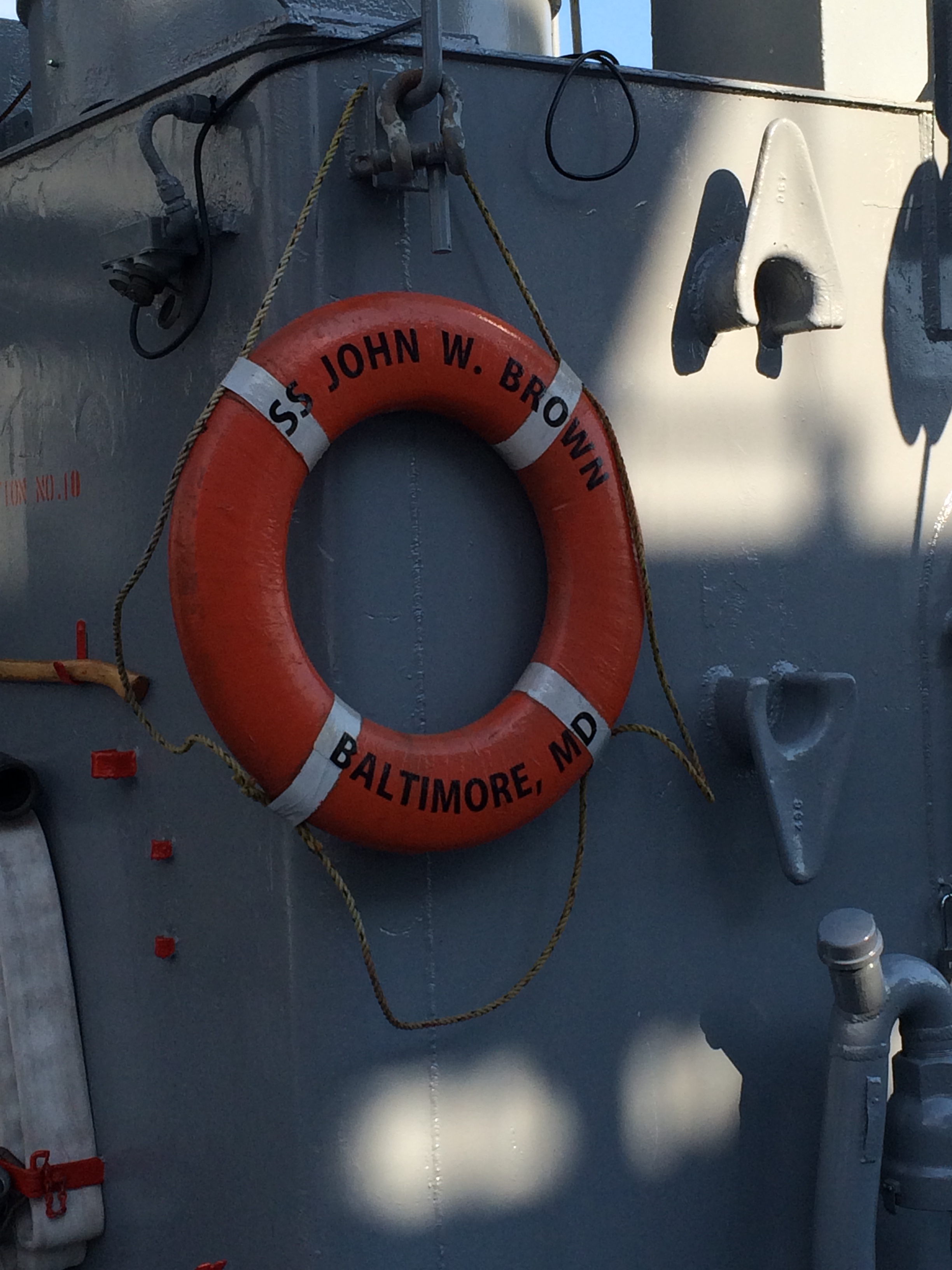
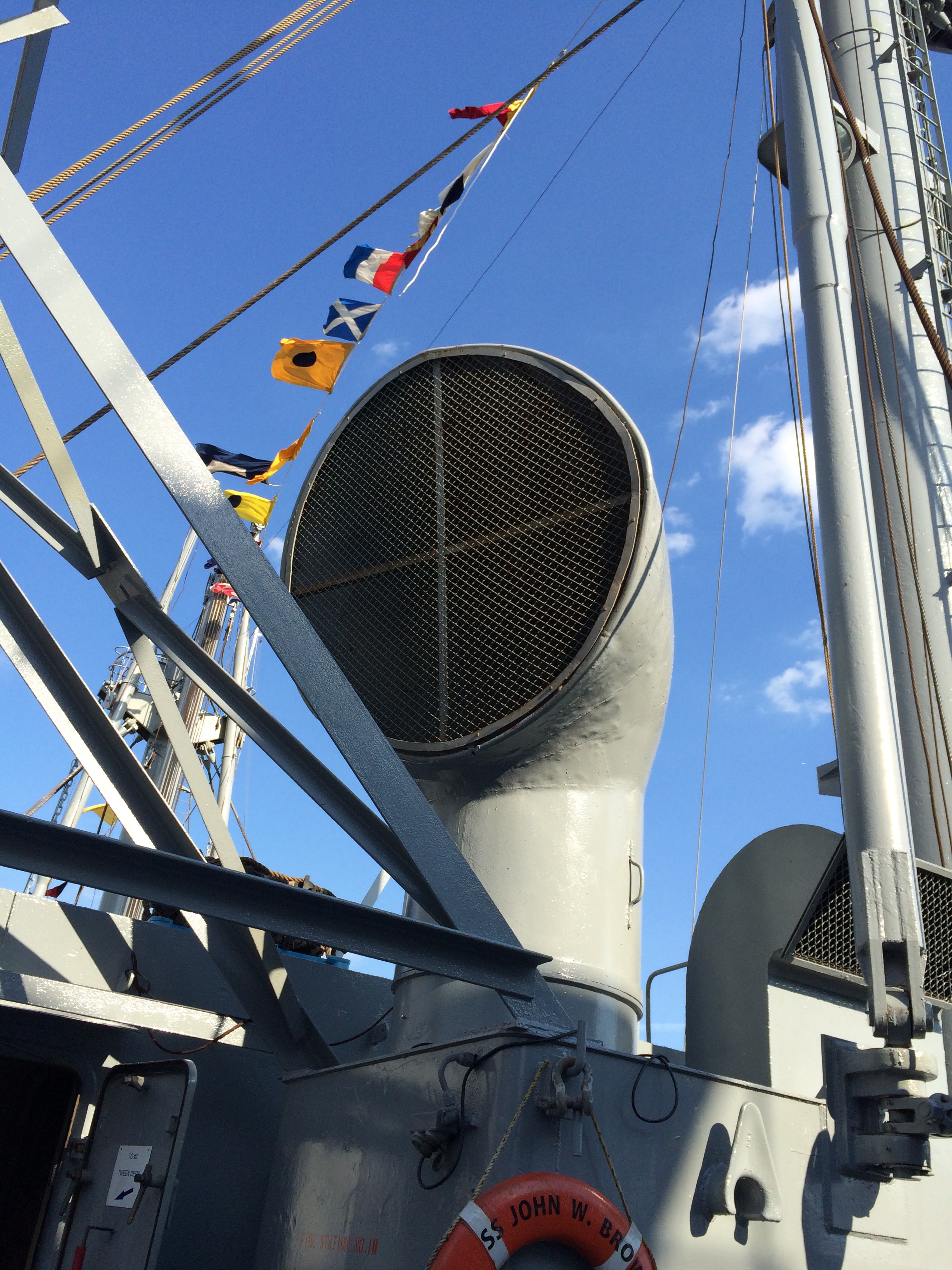
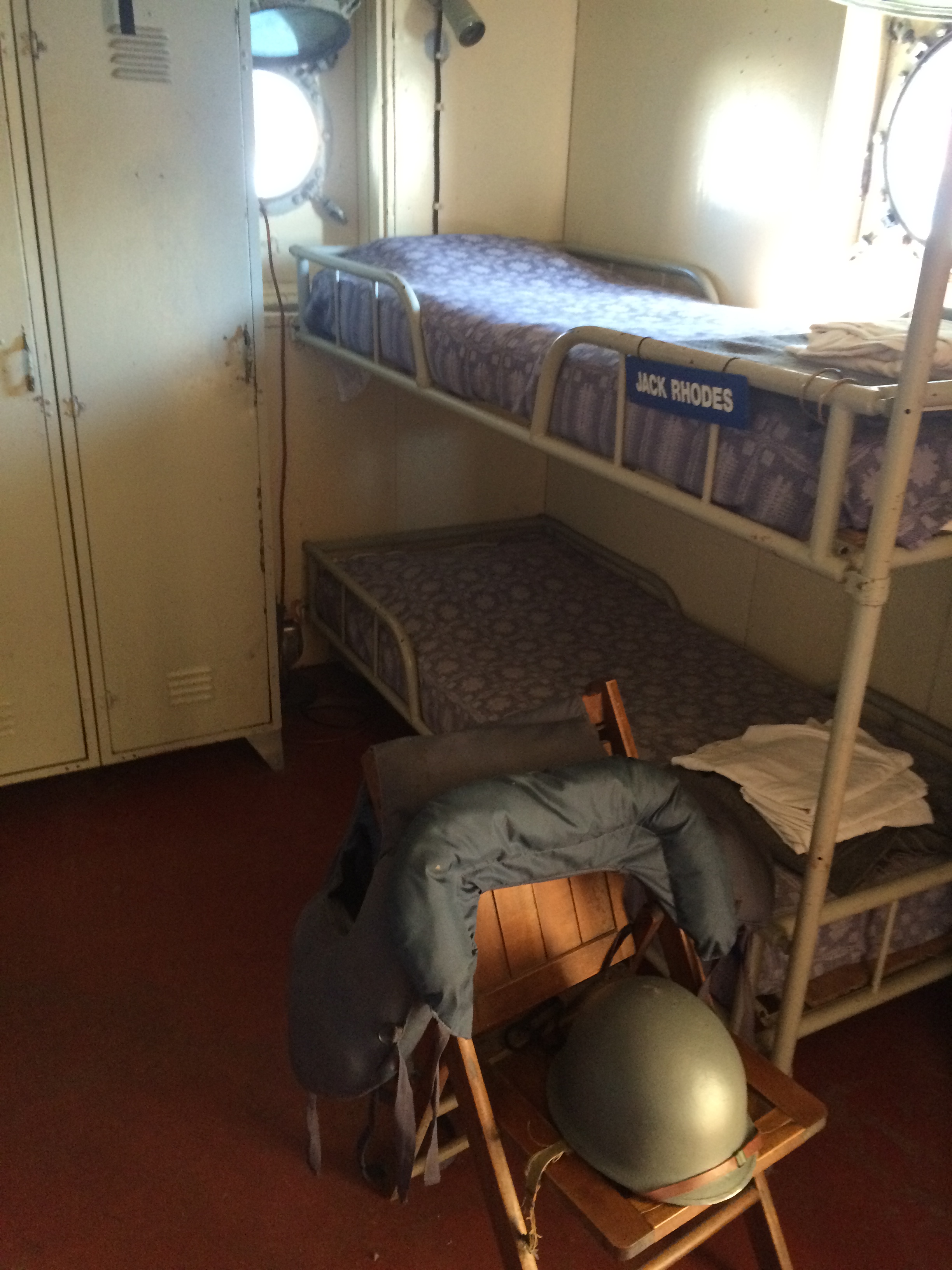
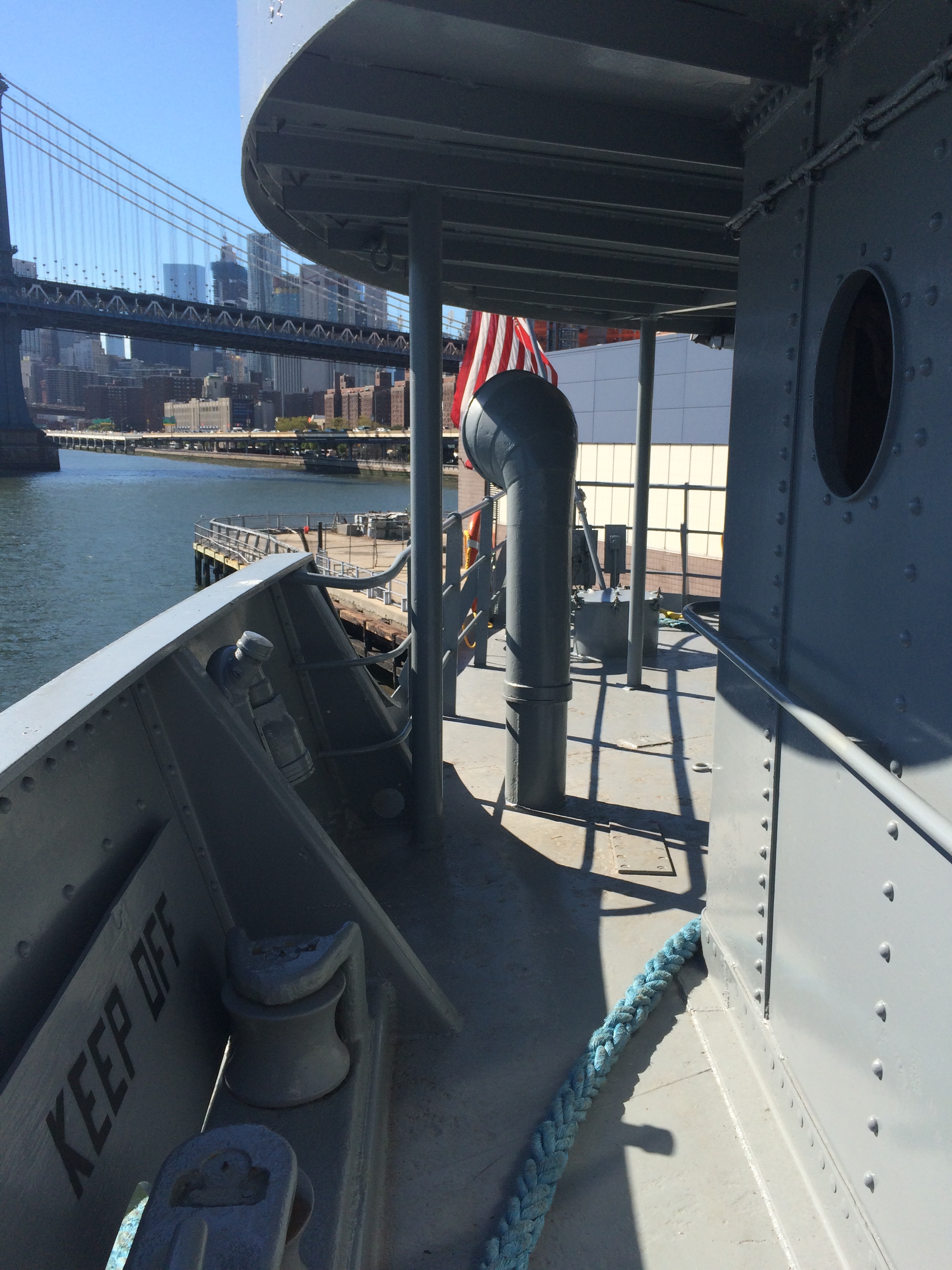
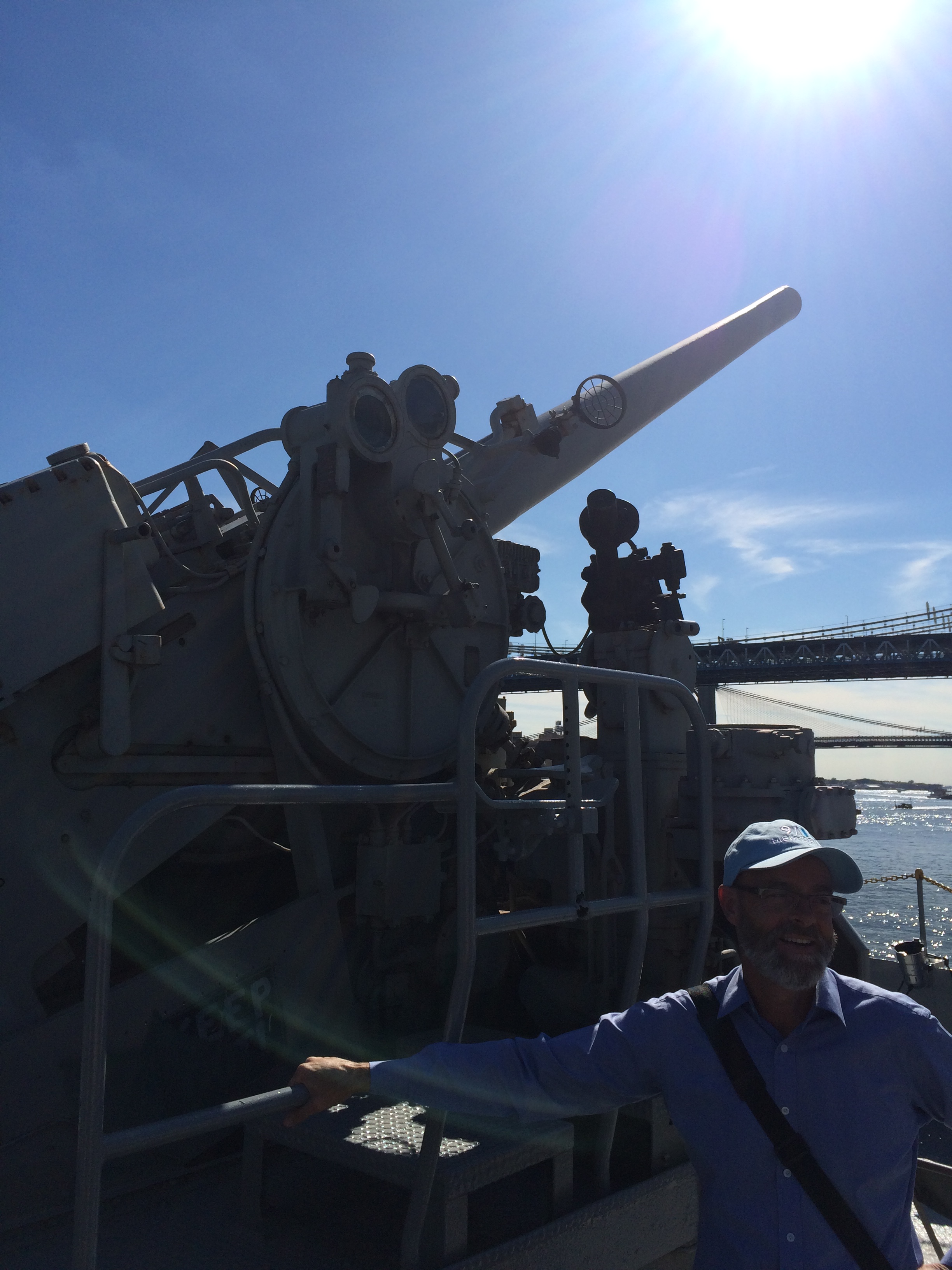
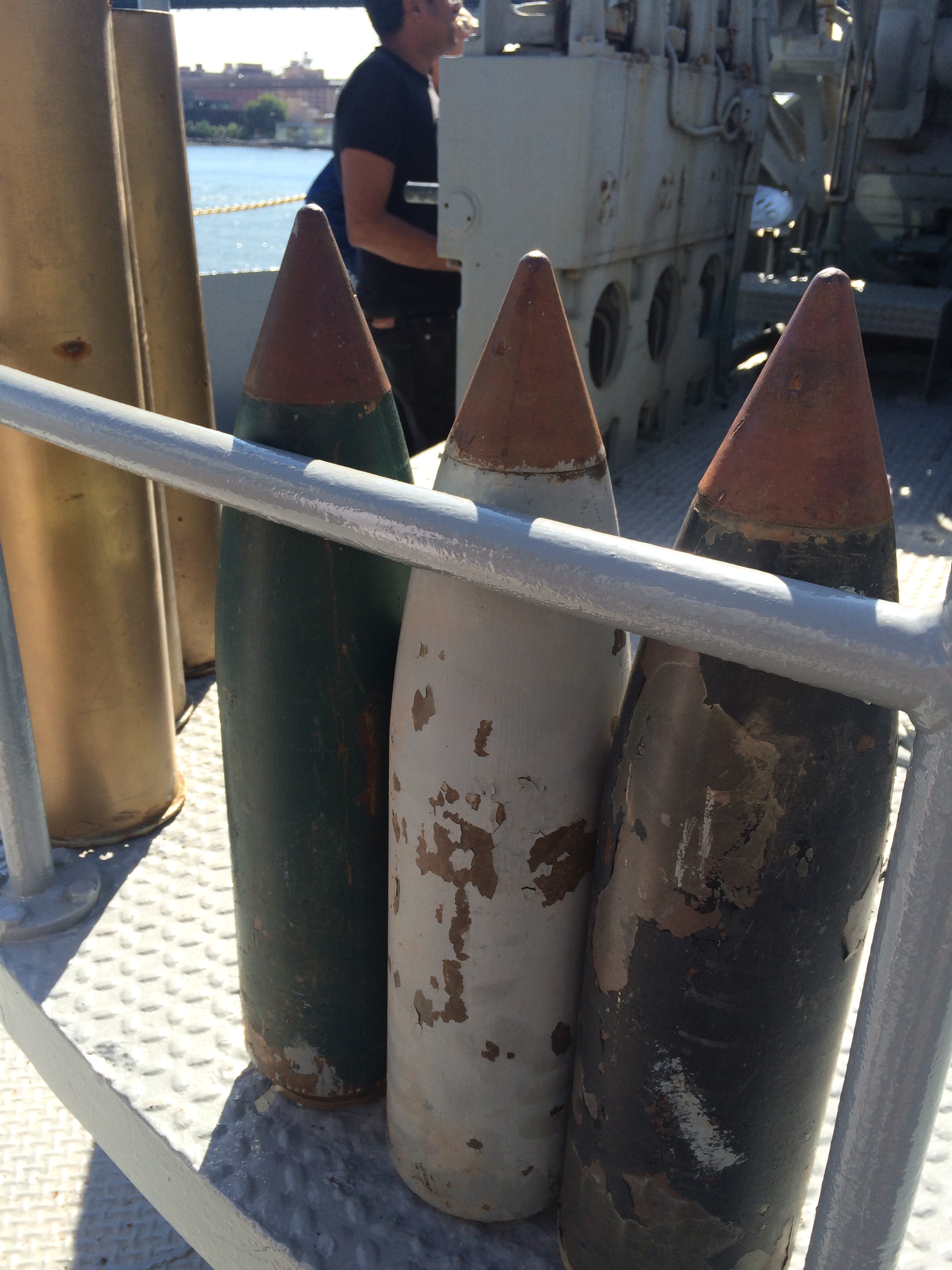
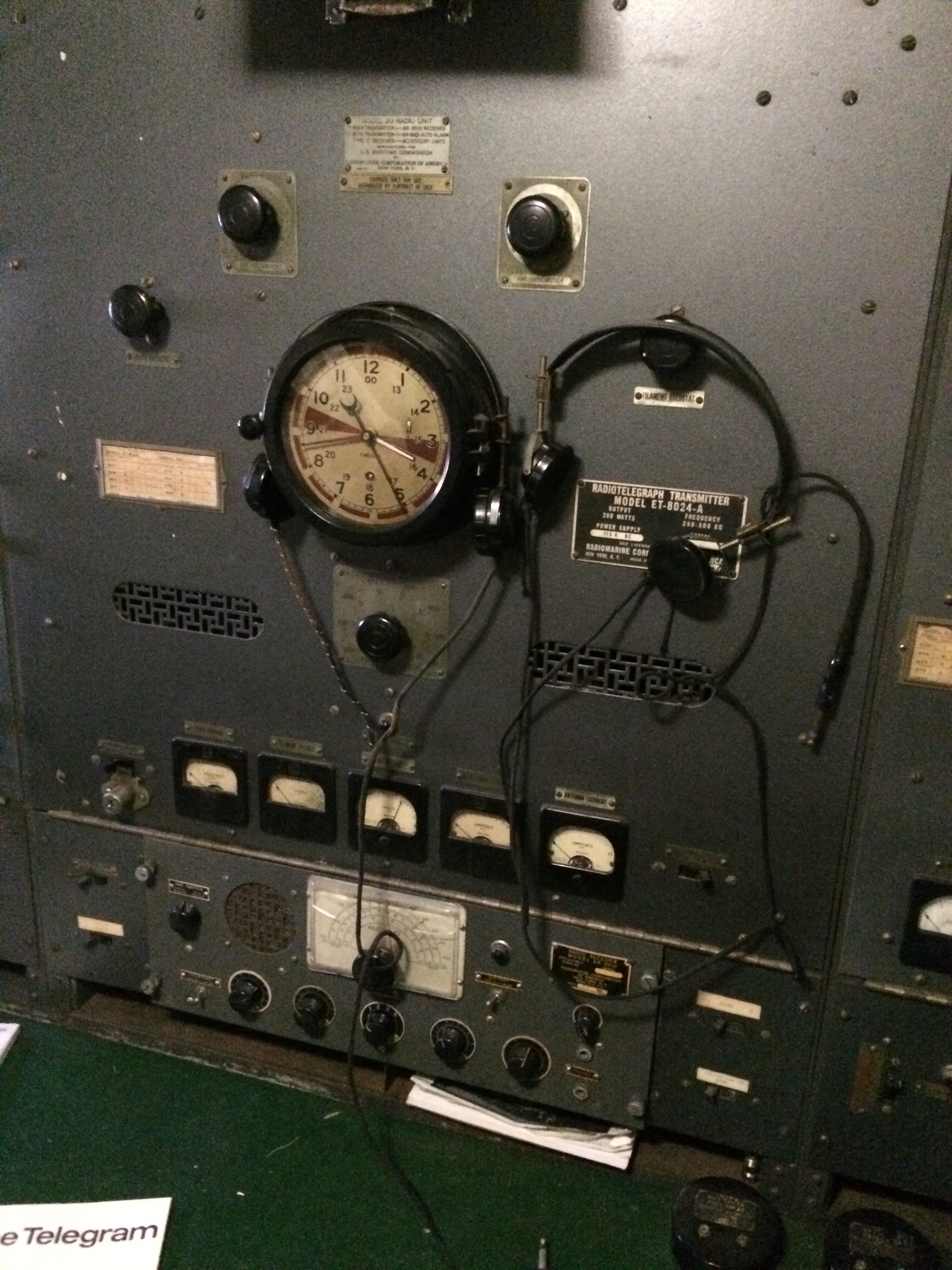
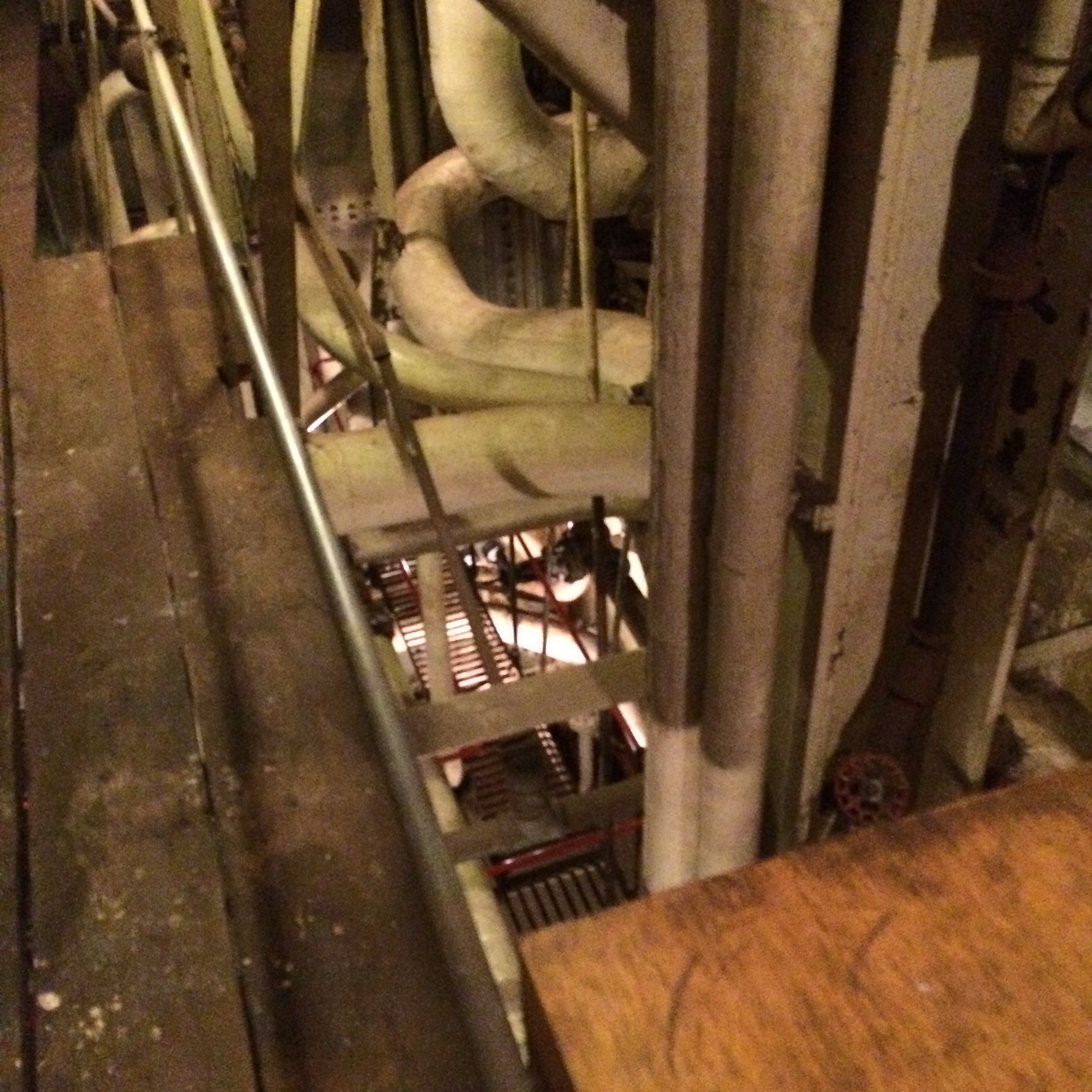
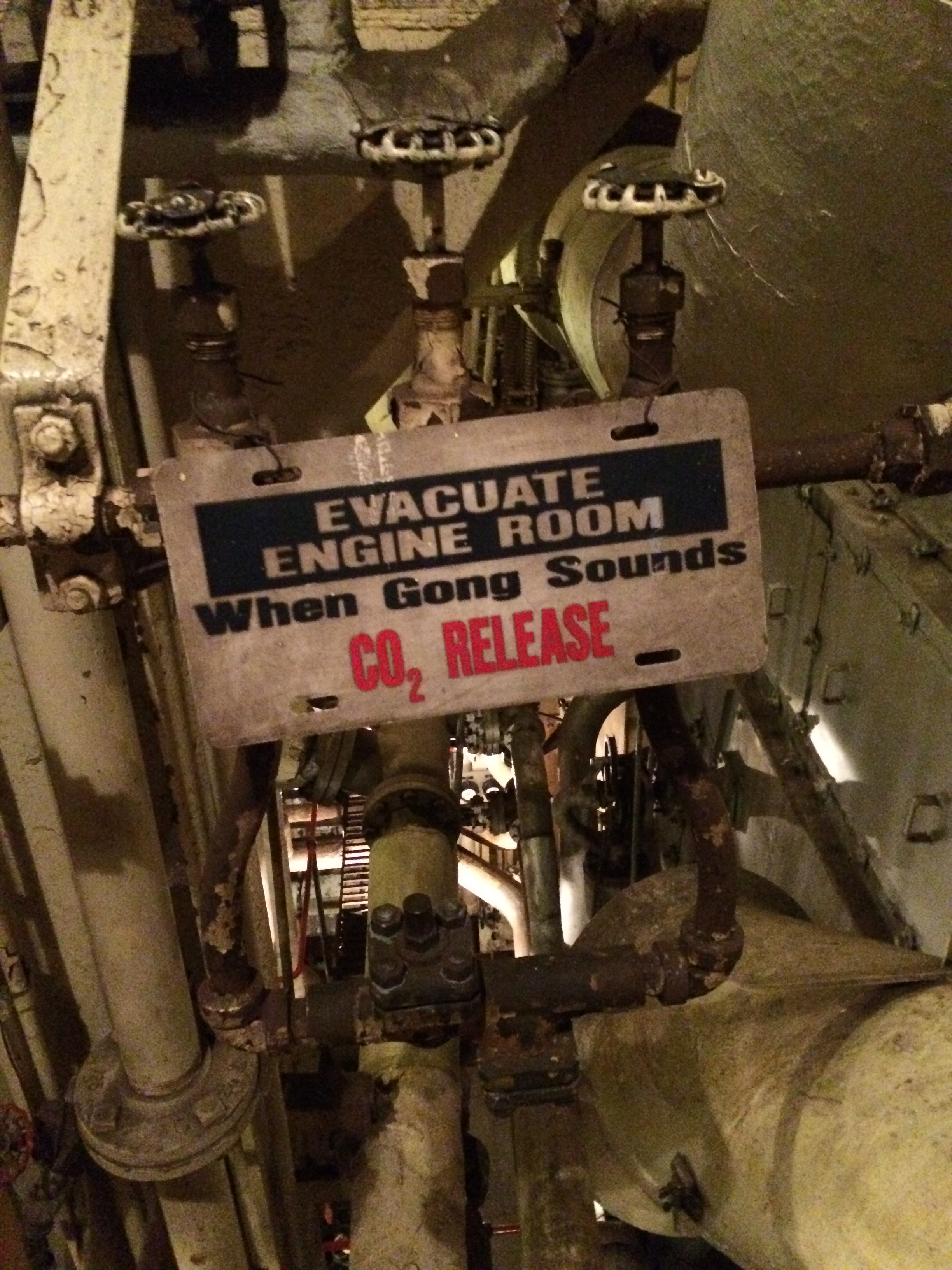
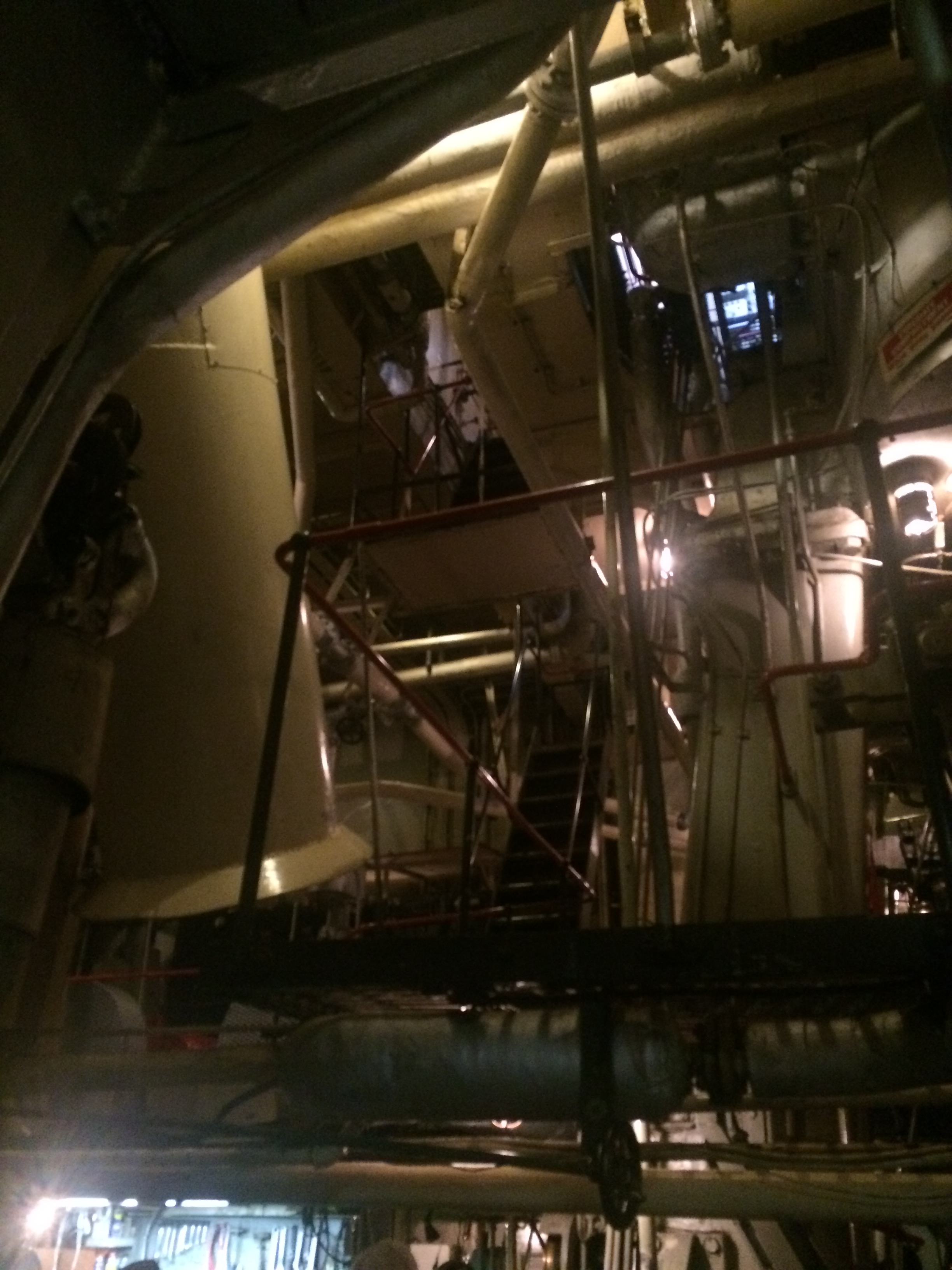




0 Comments:
Post a Comment
<< Home